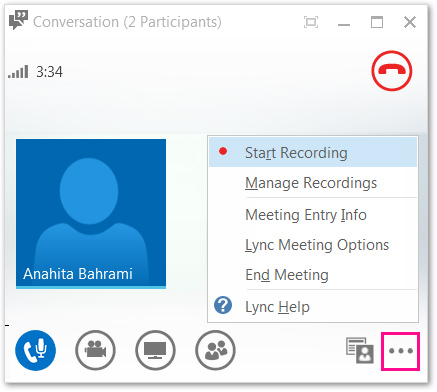

Added to various file lists across Microsoft 365: Shared with me,, Recommended, Recent, etc.Displayed in the Recordings and Transcripts tab for the meeting in Teams calendar.Permissioned to the people invited to the meeting.Uploaded to OneDrive for Business or SharePoint Online.When a meeting is recorded, it's automatically:

The recording happens in the cloud and is saved to Microsoft OneDrive for Business and Microsoft SharePoint Online, so users can share it securely across their organization. There is also an option for recordings to have automatic transcription, so that users can play back meeting recordings with closed captions and review important discussion items in the transcript. Thanks to my colleague Simon Gardner for the heads up on this.In Microsoft Teams, users can record their Teams meetings and group calls to capture audio, video, and screen sharing activity. On 7th May, Microsoft updated the online documentation to say it is depreciated and to move to use the new call records API. Use the Get-CsUserSession was a PowerShell cmdlet to retrieve user-session information for Skype for Business Online. Get-CsUserSession deprecation from 30th May 2020 segment – A segment represents a media link between two endpoints.In a group call, each session is between the participant and a service endpoint. Group calls contain one or more session entities. session – A peer-to-peer call contains a single session between the two participants in the call.


In Skype for Business Server, we could get all the data in the backend CDR/QoE SQL databases and also later in its life-cycle had the option of leveraging the SDN API to get session detail information. Being able to report at depth on usage (number of calls, who called who, what modalities were used etc.) and on performance (packet loss, jitter latency etc.) on unified communications is something many organisations want to do.


 0 kommentar(er)
0 kommentar(er)
